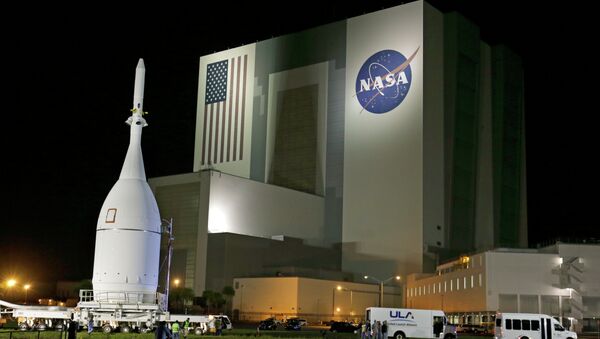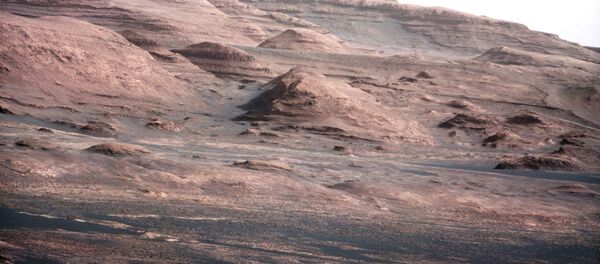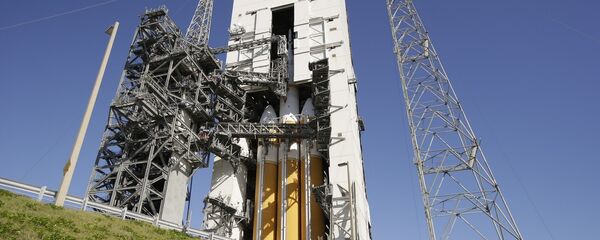The three human exploration programs include the Space Launch System (SLS) vehicle, the Ground Systems Development and Operations (GSDO), and the Orion Multi-Purpose Crew Vehicle (Orion).
"NASA estimates SLS will cost 9.7 billion through the first flight test in 2018. NASA estimates GDSO will cost 2.8 billion for the same time period. NASA does not yet have official estimates for Orion, but it had a preliminary estimate of 8.5 billion to 10.3 billion to the second flight test," GAO's acting director of the acquisition and sourcing management team, Cristina T. Chaplain, told Sputnik Thursday.
According to Chaplain, NASA has recently committed to a November 2018 launch date for GSDO and SLS with a 70 percent confidence level in that date. NASA has not yet committed to a date for Orion. Delays in meeting launch deadlines are due to funding shortfalls, Chaplain explained.
The GAO representative went on to say that NASA has not made official plans for all three programs, following their scheduled second test flights.
"There are no official missions set beyond the second test flight for all three systems. NASA has a goal of going to Mars in its strategic plan, but no missions or roadmaps have been set," she explained, adding that right now "NASA is focused on building a capability that can undertake a range of future missions that take humans beyond low earth orbit".
The SLS, GSDO and Orion missions represent NASA's largest exploration investment over the next decade, approaching some $23 billion.
NASA's SLS development aims at designing a flexible program for crew and cargo missions. The GSDO program is meant to transform the Kennedy Space Center in Florida to a launch complex, which will act as a spaceport for both government and commercial vehicles.
NASA's Orion spacecraft is designed to carry astronauts to various destinations, including asteroids and Mars. The Orion completed its first successful flight test on December 5 and was pulled from the Pacific Ocean on December 11, following its splashdown.




